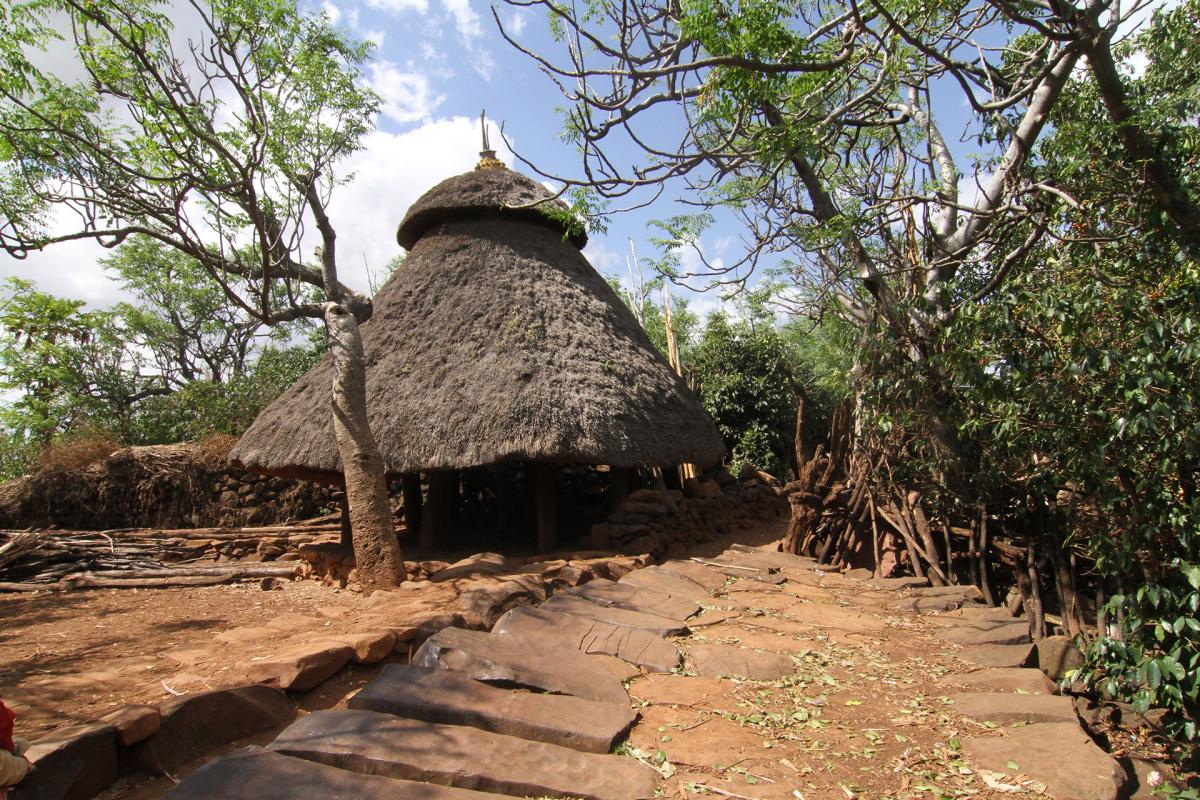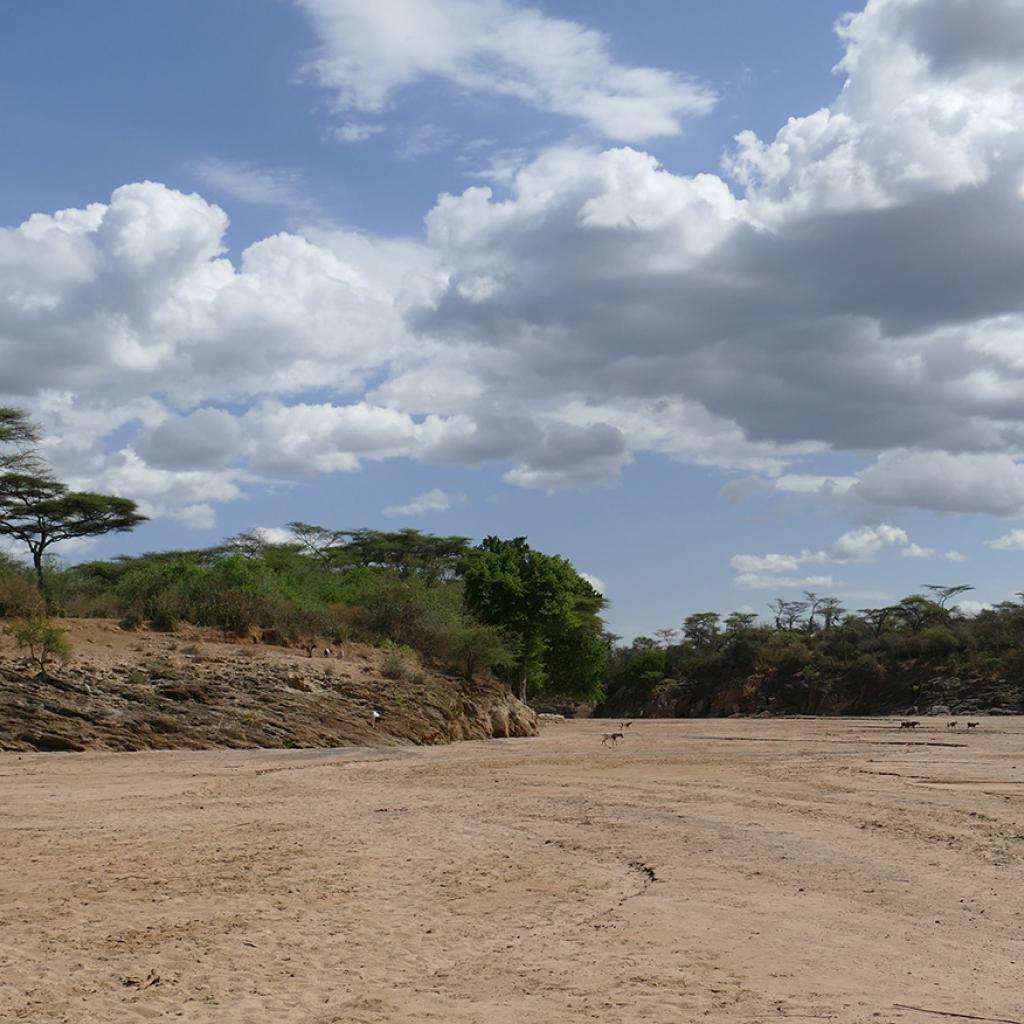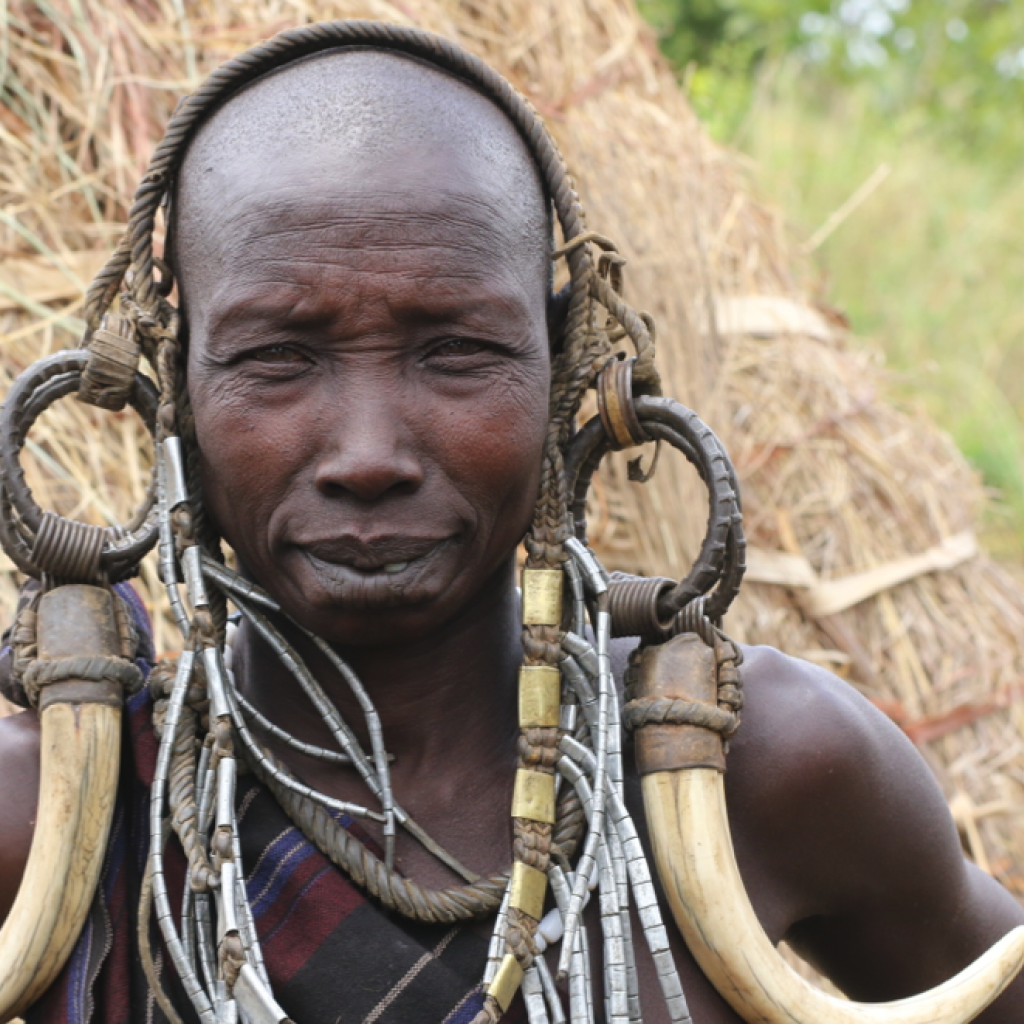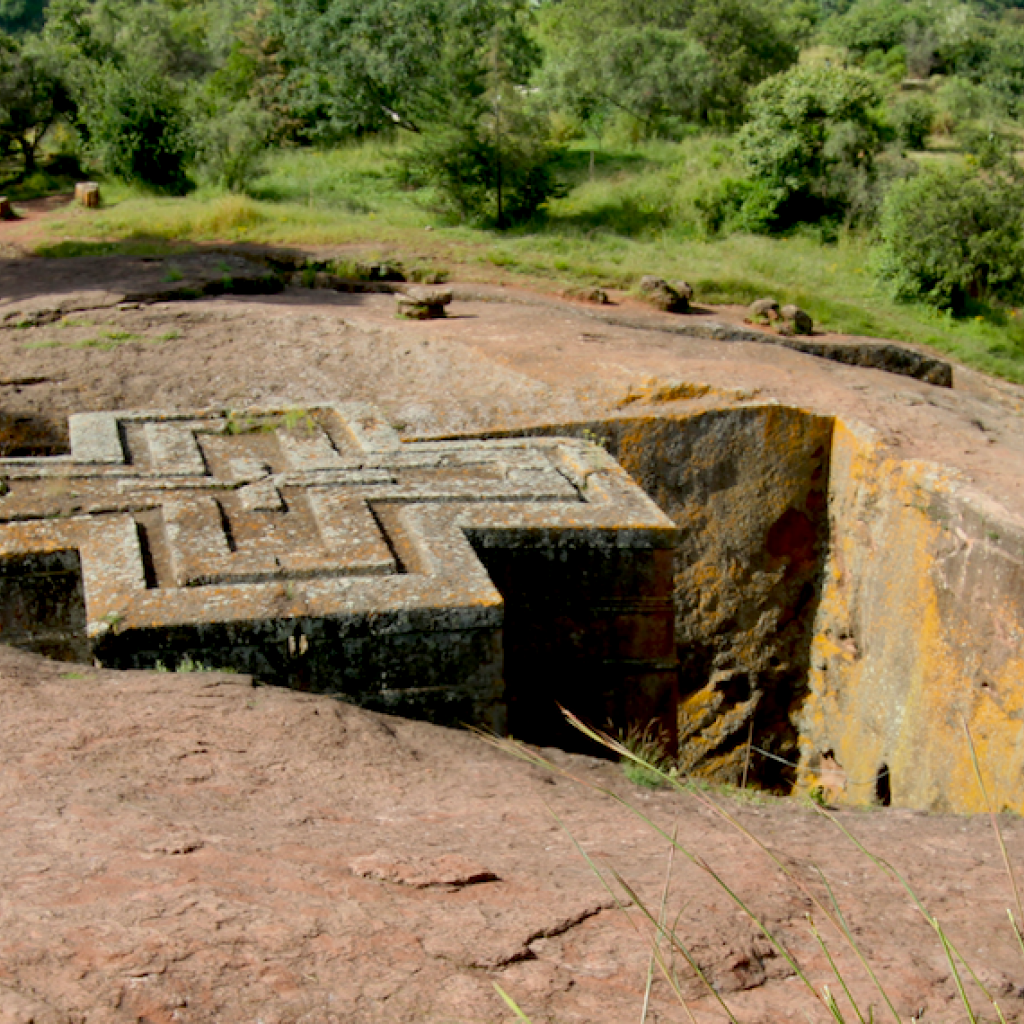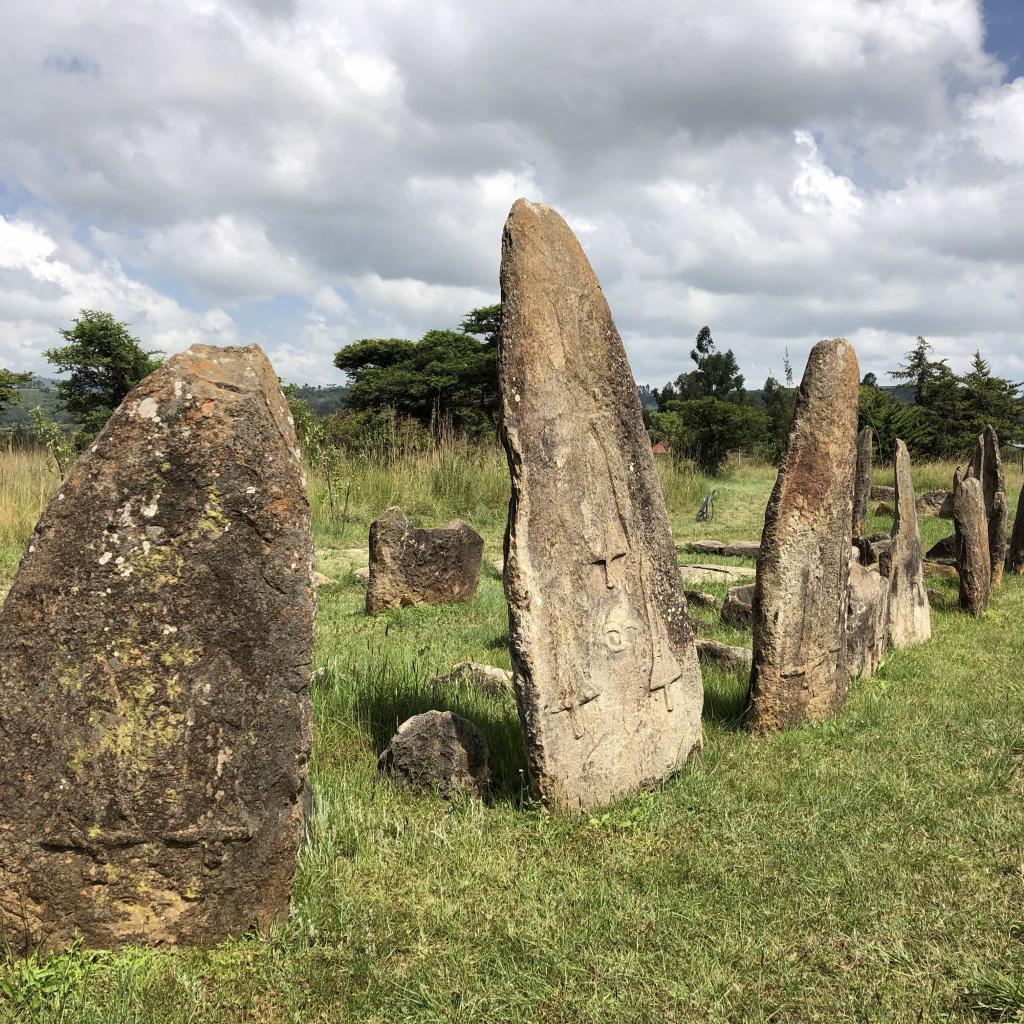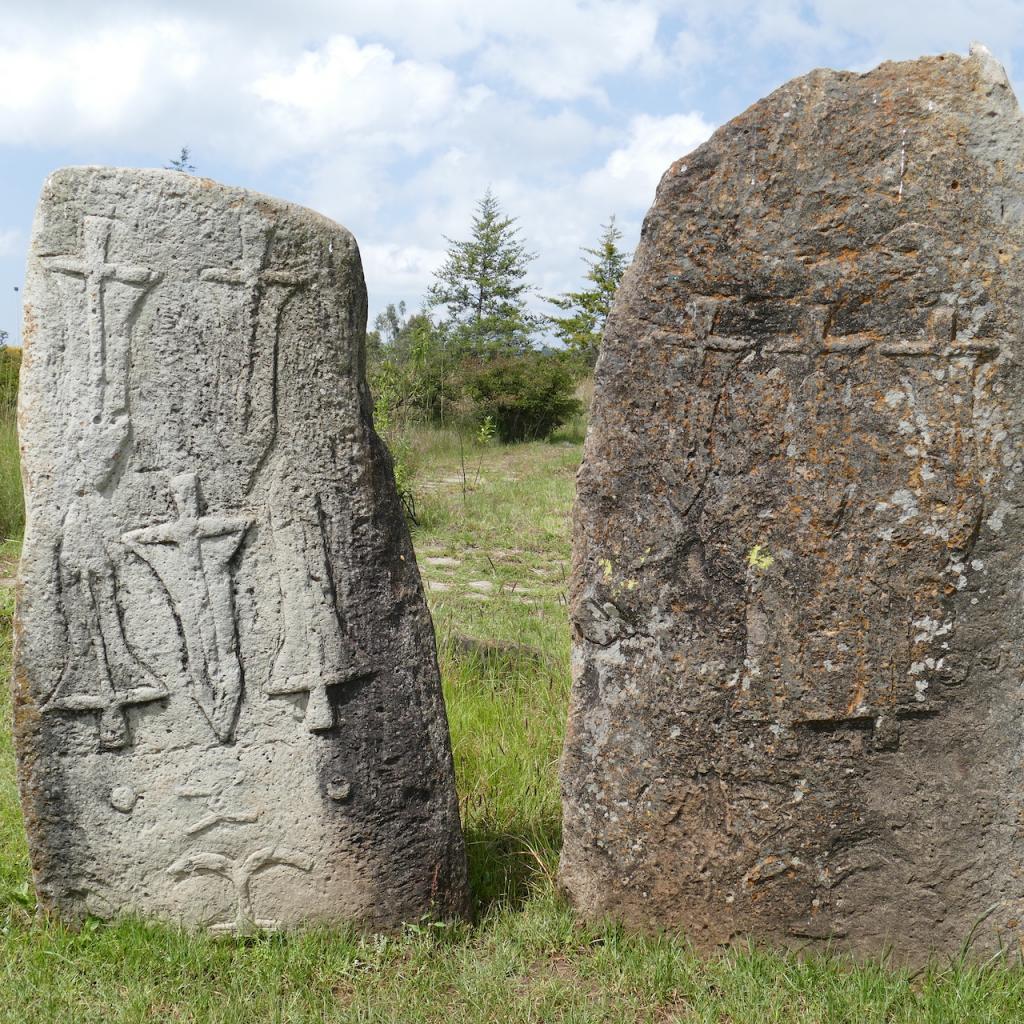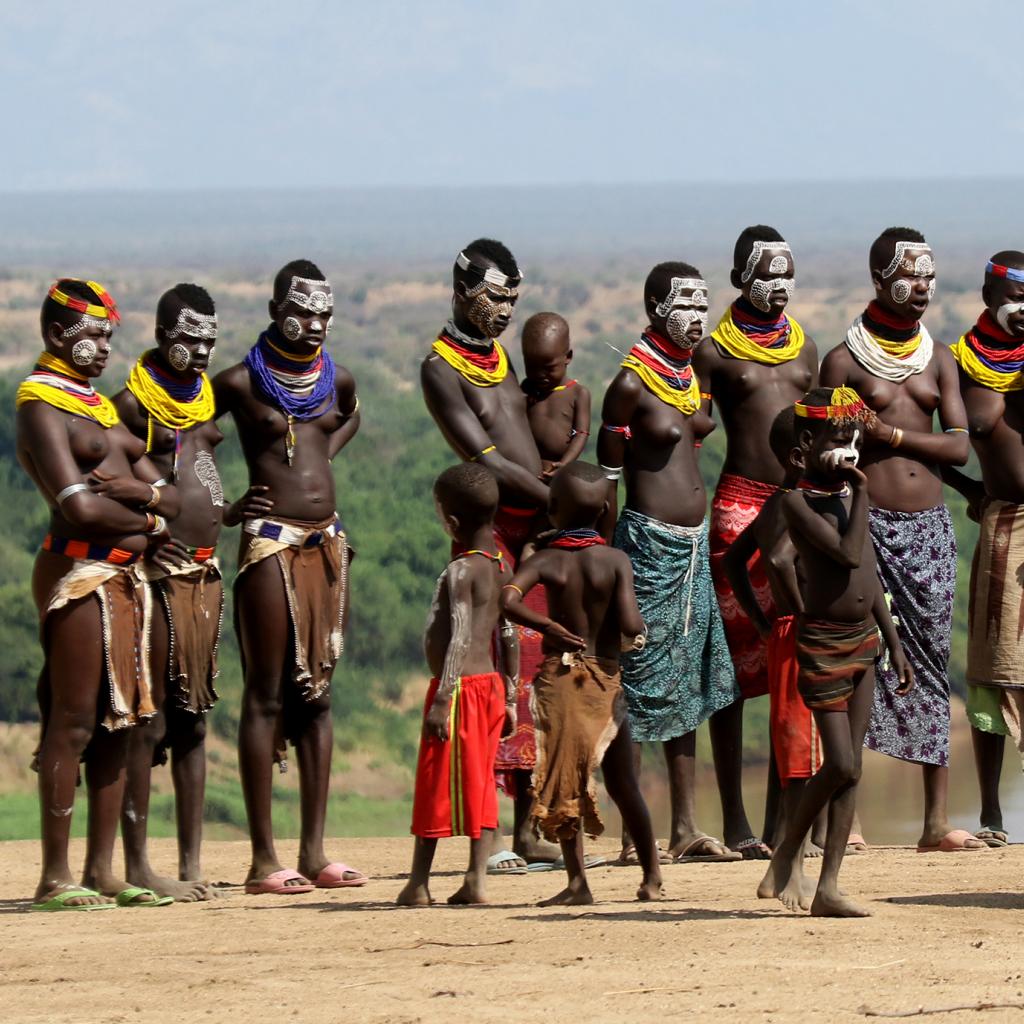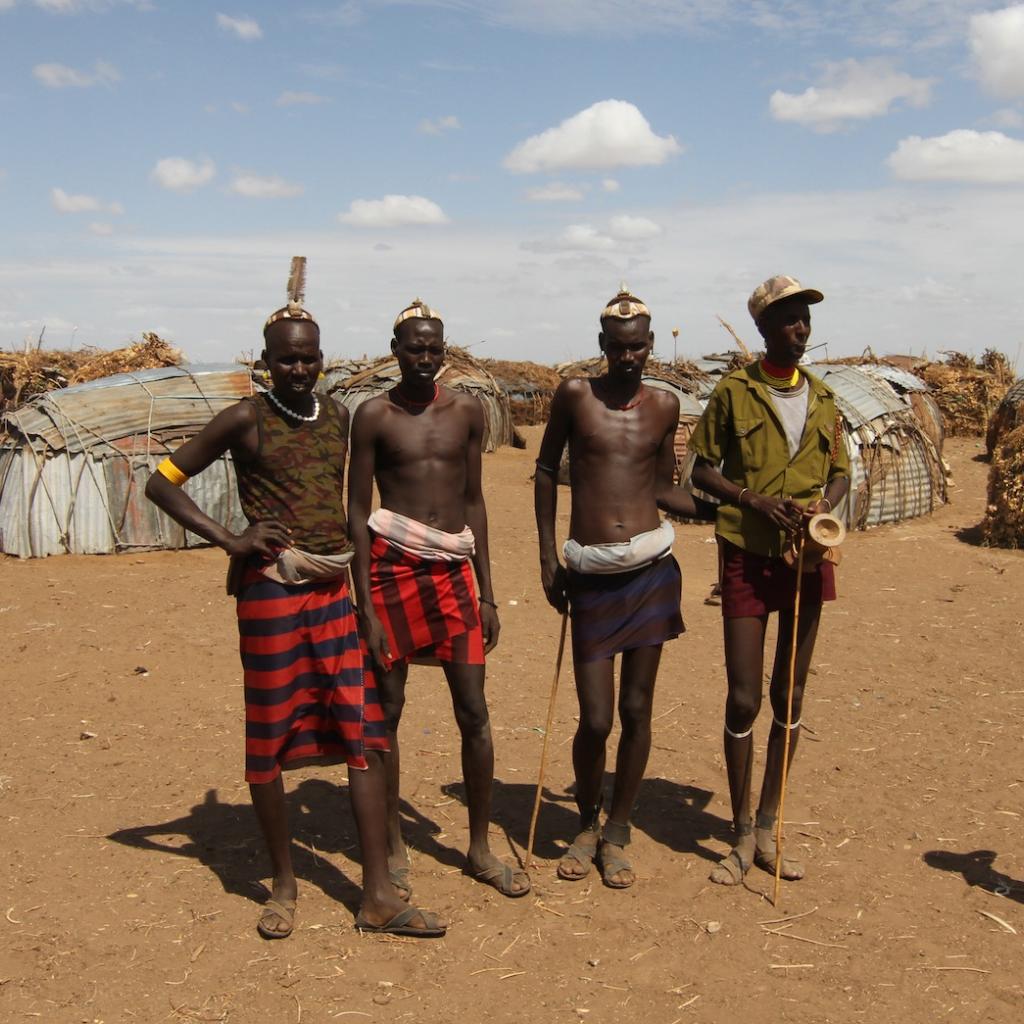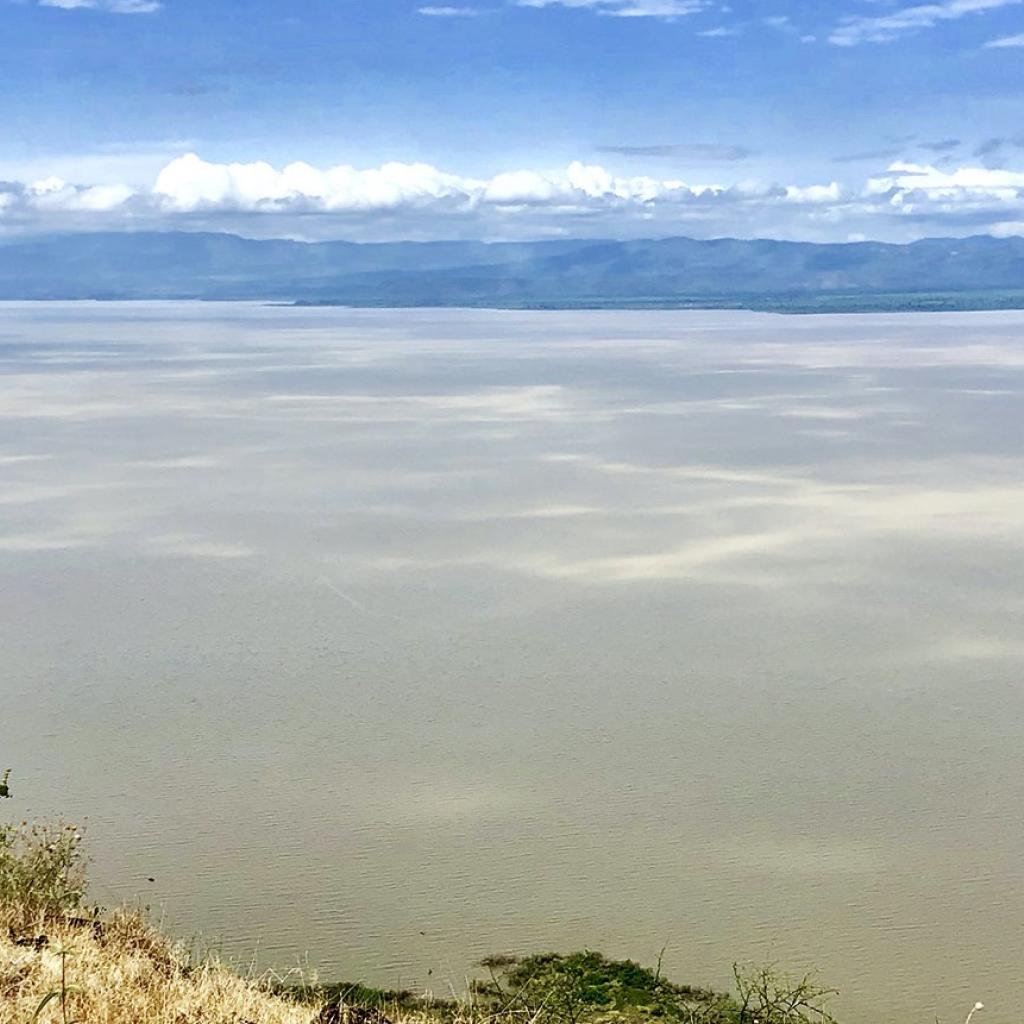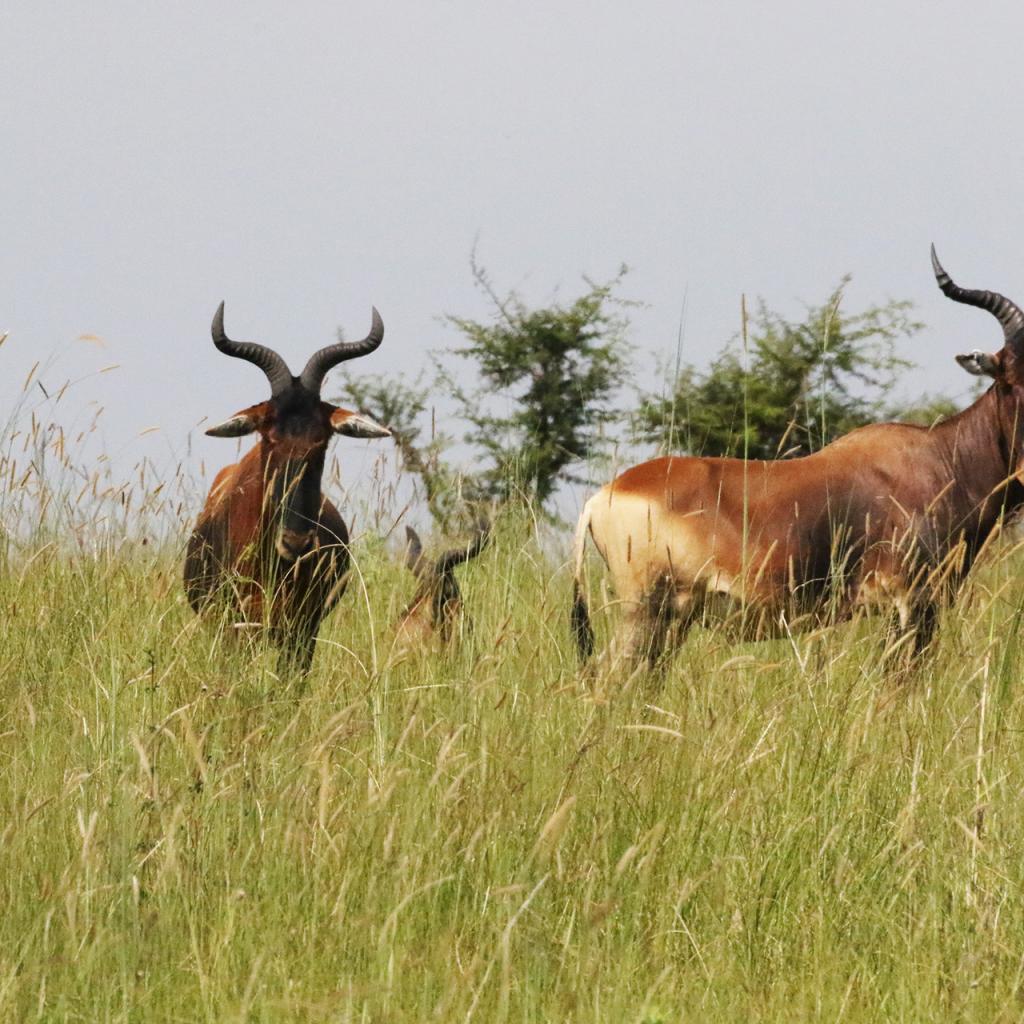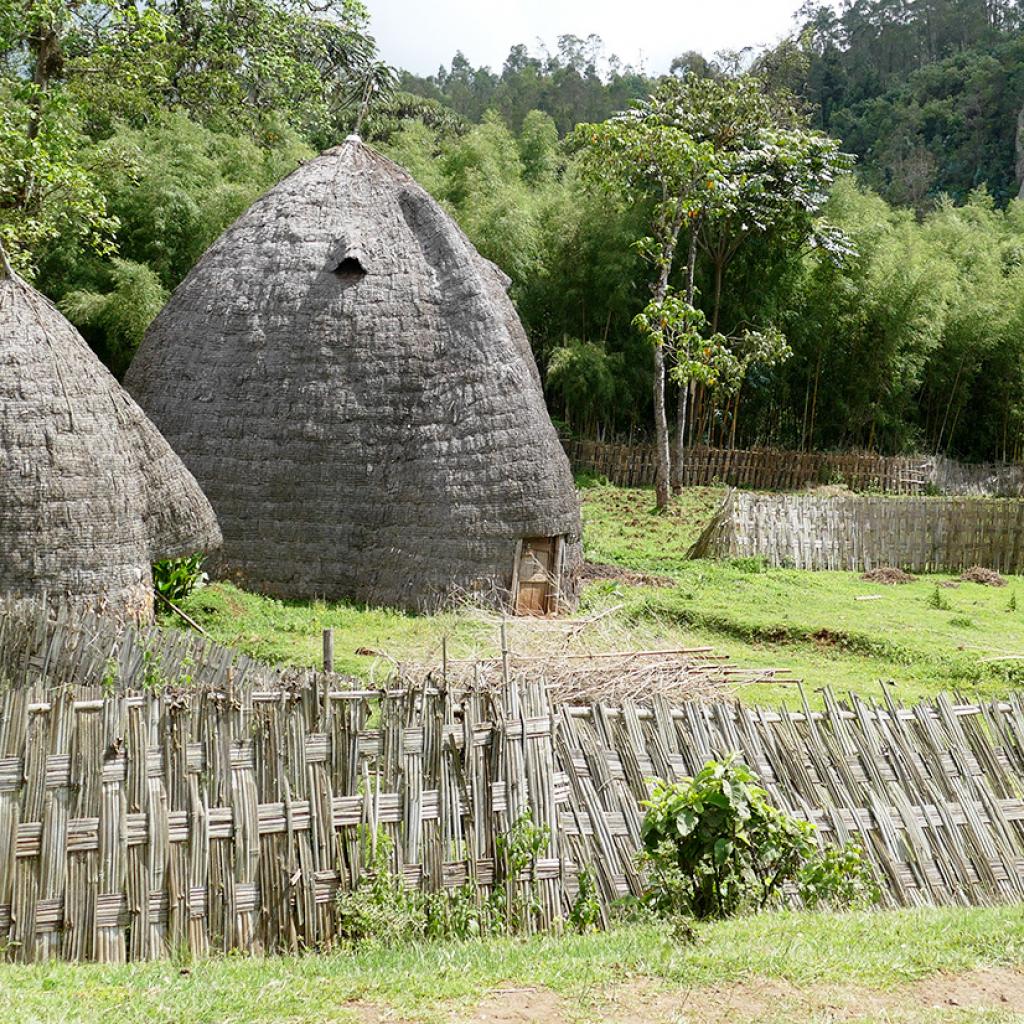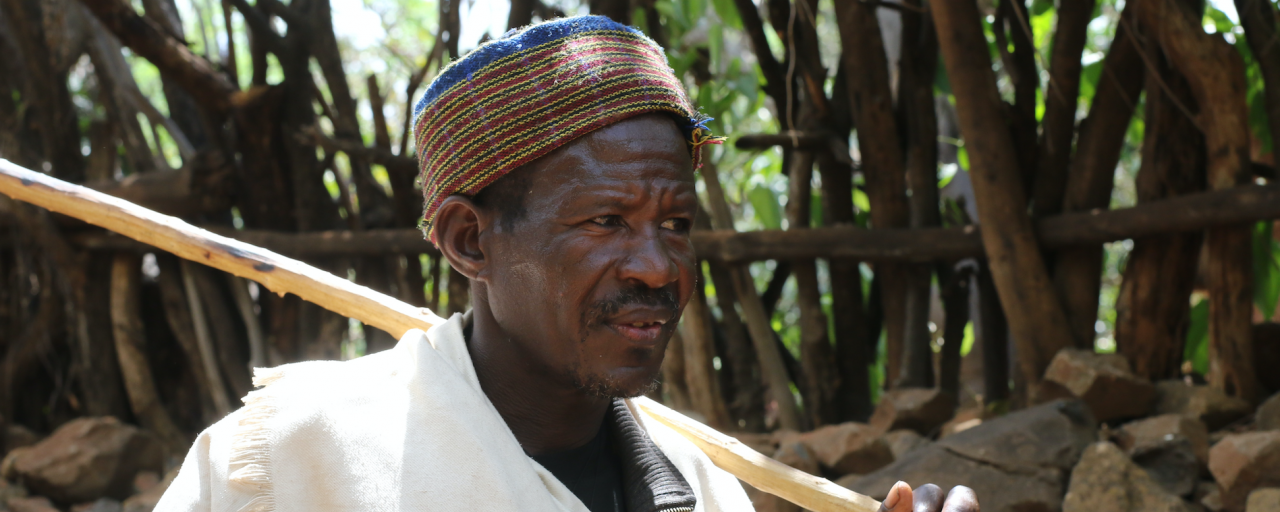
Konso people - Photo Credits: Romina Facchi
The Konso people in Ethiopia
Our journey through Southern Ethiopia brought us to the Konso territory, a landscape characterized by the ancient terraces that this ingenious population created to obtain arable fields along the slopes of the hills; these terraces have been recognized by UNESCO as a World Heritage Site.
The Konso are also skilled builders and this is easily guessed by looking at their large and elaborate fortified villages.
A Konso village is accessed through narrow portals created in the mighty ramparts that surround the village, the access gates intentionally narrow for defensive reasons, in case of aggression the small space forces the attackers to enter one at a time, allowing the Konso to defend themselves more easily.
In the past, the high walls of Konso villages, built with large stones, were built not only to defend the village from attacks by neighboring populations, but also to protect the inhabitants from ferocious animals and to prevent landslides and subsidence.
The Konso villages are built along the slopes of the mountains to be able to spot enemies in the distance and have a complex structure within which there are both private buildings of the families who live there, each family in fact lives in its own compound, and public spaces and buildings where the population gathers for common celebrations or to take decisions or simply to share daily life.
Families who live in a particular village build their own compound within an oval space that is surrounded by a wall of wood and stone; in the compound of a Konso family there are several huts that have different functions: the kitchen, the warehouse for cereals and other food supplies, the cattle shed and the place where the family spends the night.
The various family compounds are separated from one another by an intricate network of paths and stairs that allow the villagers to move freely within the walls to reach the compounds inhabited by other families, to go to public places and buildings or to go to the gates to leave the village with the cattle or to go to the fields to be cultivated.
When a Konso village increases in size, the new compounds must be built outside the original walls, but soon the Konso build a new circle of defensive walls that enclose the original village with its walls and new compounds; the Konso villages therefore have a series of concentric walls, also connected to one another by labyrinthine alleys and stairways.
In the Konso villages there are different common spaces: common huts and squares.
The common huts of the Konso village are the place where men, once they reach the age of 12, move to spend the night; the men who sleep here take care of defending the village and also perform other tasks that are useful to the entire village, for example the older men look after the children during the day while the parents work, as in a kind of kindergarten.
The common huts are also the place where those who are visiting the village and spend the night are hosted.
The squares of the Konso village play a very important role in the life of the community as they are used to carry out ceremonies, to celebrate weddings, to hold markets and to entertain social relations.
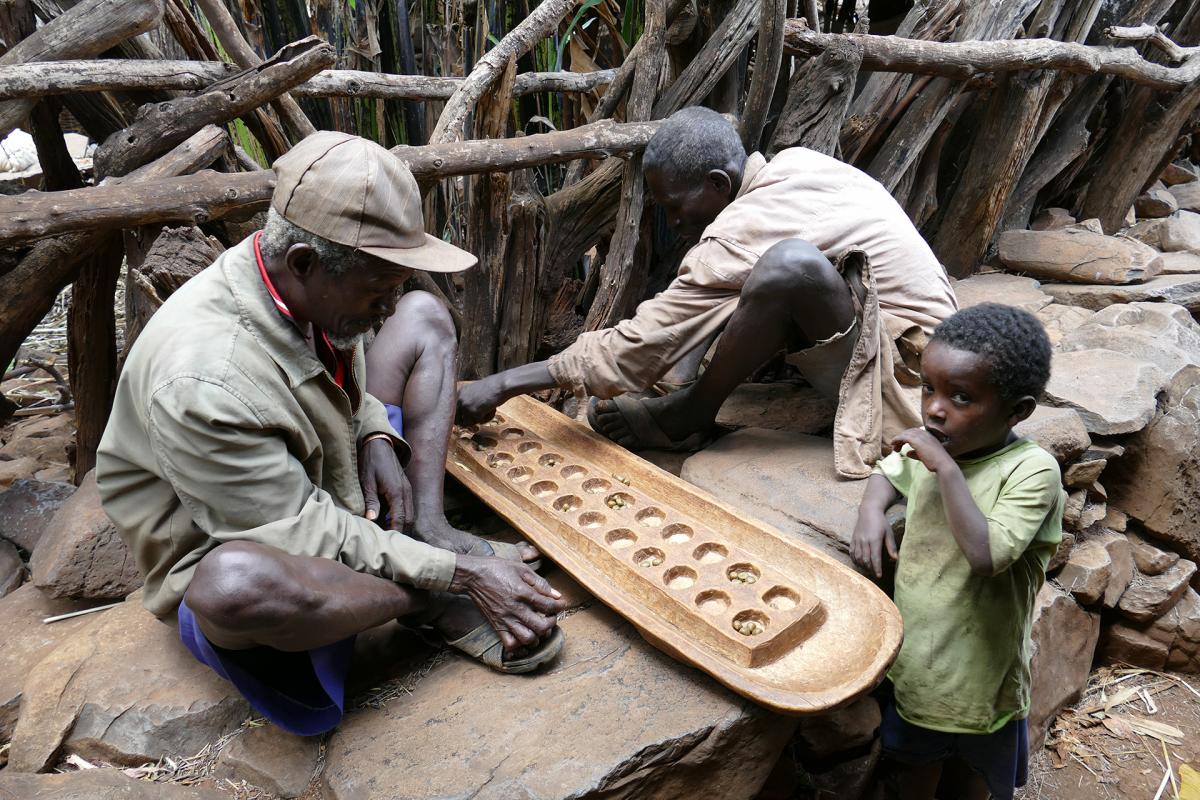
Among the different squares in a Konso village there is one that plays a role of primary importance and it is the square that hosts the generation pole and the majority stone.
The generation pole, or tree of generations, is a bundle of high poles that marks the passage of generations; this aspect of Konso society and villages is very important as the village is governed by a specific generation who remains in office for 18 years, after which the government passes into the hands of the new generation.
Each generation who governs the village adds a wooden pole to the bundle so, by counting the poles, the age of the village and the number of generations who have governed it can be derived.
The majority stone is instead a large and heavy stone used for the rite of passage to adult life of the Konso boys; a boy, to pass into adulthood, must lift the stone up over his head and then drop it behind him.
In some points of the village there are statues called waga or waka, these are funerary steles carved in wood to remember people important to the village.
These statues are usually dedicated to clan leaders, heroes and people who played an important role in the village.
The waga statues depicting the clan leaders are placed both on their tomb, that is located outside the village in the sacred forests, and in a crossing point within the village, where people can pay their respects to the missing leader every time they passe by that place; the clan chief is depicted alone in the carved wooden stele.
The waga statues of the heroes, in addition to the statue of the hero, also depict his family and the reason why that man is considered a hero; for the Konso heroes are those who, during their life, have defeated enemies or killed a ferocious animal, so there will be a statue of an animal or men based on the individual hero.
A curiosity: a hero had to bring to the village a proof of his courageous act to certify his hero status: in the case of a dangerous animal the man had to bring the animal's skin to the village, while in the case of enemies he had to bring back to the village the genitals of the defeated, that is why the statues of the enemies are depicted without the genitals.
The waga statues of important people instead depict the work done by the deceased, for example a person who resolved disputes in the village is represented with the two quarrelers at his side.
In the villages there is the most total collaboration among people: the Konso are actually divided into nine clans, each of them is governed by a chief, in each village there are members of all the clans but there is a relationship of mutual assistance among them and marriages between members of different clans are not only allowed but also encouraged.
Agriculture represents 80% of the Konso economy, each family owns fields to cultivate and both men and women participate in the work, women take care of harvesting the fruits and removing weeds while men take care of tilling the ground and maintenance of the retaining walls of the terraces.
The Konso practice intensive agriculture that involves the sowing of different crops in the same place; this allows to reduce the risk of not obtaining any harvest since it is unlikely that all crops will deteriorate at the same time.
The Konso do not have particular irrigation methods but, in fact, they rely only on the rains and the stone retaining walls of the terraces; also for this reason cultivating more than one crop at the same time allows to always have a harvest regardless of the intensity of the rains.
